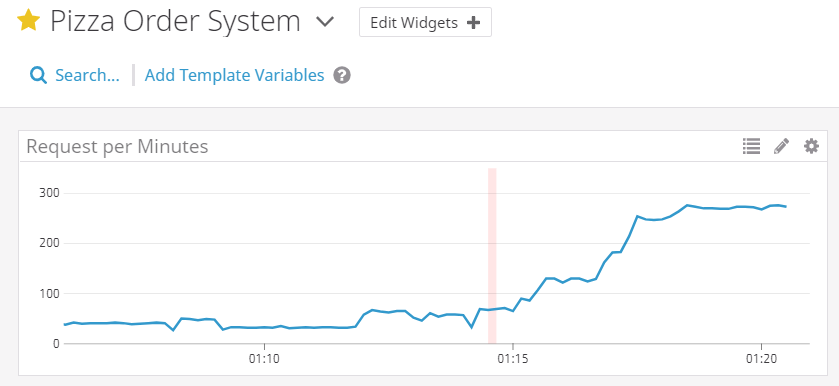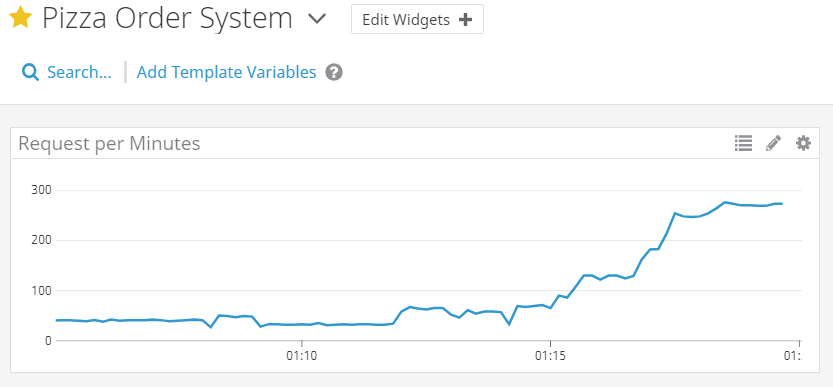Automating Feature Flags using ConfigCat’s Public API + Cron + cURL

Feature flags are a great way to control the release of new features in your software. They allow you to easily turn new features on or off without redeploying your code.
However, when implementing a feature flag in an application, we may want to customize its management after the initial release, i.e., schedule an incremental release/delivery strategy that is carried out automatically or schedule future changes to a flag's targeting rule that can take effect at specific time intervals.
For example:
- Activate a flag’s config by date and time. For instance, release a feature at noon on a Sunday afternoon.
- Gradually increase the discount value of an ongoing promotion at specific times of weekdays.
- Enable a feature only on weekends or on weekdays.
- Three days from today, turn on a feature for internal testing and enable it for public use a week later.






